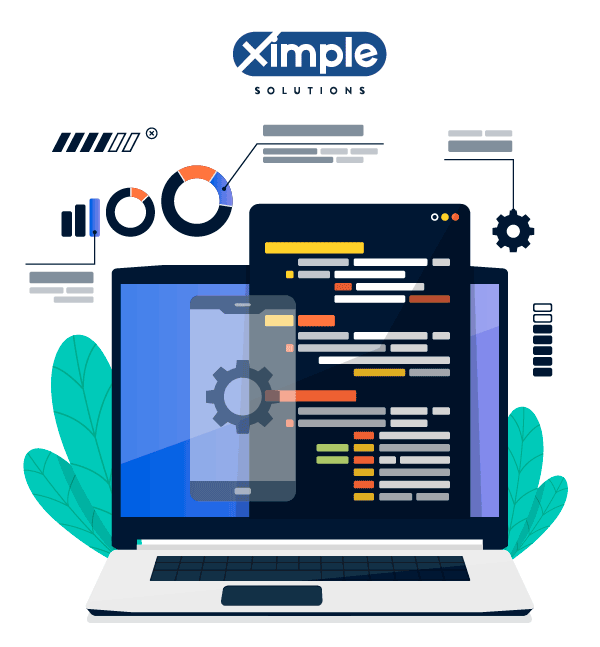
Warehouse Management covers the tools and techniques to handle the plan, administer, execute, track and report the activities conducted in one or more warehouses that belong to an Organization. Warehouse management covers the ‘Flow’ of material in an Organization. A traditional warehouse handles the following activities.
Three aspects make Warehouse Management complex. A large number of items, a large number of transactions, and the manual effort required to maintain warehouse discipline. Depending on the industry, the number of items may be anywhere from a few thousand for the manufacturing industry to hundreds of thousands for wholesale distributors and retail industry or a third-party logistic (3PL) service provider.
In some cases, the correct definition of items may be important, like in the manufacturing & wholesale distribution industry, while Item definition is incidental in a 3PL service provider.


A large number of transactions characterizes a typical warehouse. There will be thousands of items to be located on a single day, picked, grouped into pallets, and then loaded onto the trucks. It is almost impossible to track and perform error-free transactions on such a scale manually.
The final aspect is the manual effort required to maintain warehouse discipline. Each item or a group of items has to be tagged to a specific location in the warehouse. On receipt of items, they have to be placed (put away) in the correct location. They have to be picked from the same location to meet the demand for the items.
Usually, most businesses prefer to pick past items ahead of newly received ones. But they need the options to follow either FIFO (First In First Out) or LIFO (Last In First Out) depending upon the type of product, market needs, and unit cost. To avoid stock out, the system needs to generate timely Internal warehouse requisitions. Finally, warehouse items should be continuously monitored for shelf life and obsolescence.
A Warehouse Management System / Software, WMS in short, is software that supports warehouse activities’ efficient performance. A good WMS Software should be industry-specific and handle the processes typical of that industry. In general, there are three types of WMS Systems.
These independent WMS systems do not integrate with any other Organization applications. This will be good for companies in the MSME (Micro, Small and Medium Enterprises) with less process complexity. The company may have to create both inbound and outbound integrations to tie the WMS to the receiving and dispatch processes.
Here WMS system is integrated with the company’s SCM processes. WMS integrates with Procurement applications on the inbound side and with Order Fulfilment applications on the outbound side. This may be useful for companies with complex Supply Chain operations.
WMS is integrated with SCM Applications that integrate with an ERP Application. In this case, you have a seamless integration between all the business processes in the Organization. This may be suitable for large companies with multiple, geographically separated Warehouses and complex supply chains.
An ERP for Warehouse Management System is an ERP with WMS integrated into the application. The main advantage is the single source of truth. The items have to be defined once in the inventory management application and used in the WMS system. Besides, modern Cloud ERPs support ADC (Automated Data Capture) Devices like Barcode and QR Code Scanners, essential for the WMS user.
Another benefit of integrating WMS with ERP is that with ERPs moving to the cloud (Cloud ERP) for software and hardware infrastructure management, WMS shifts to the cloud (Cloud WMS system), reducing the Organization’s overall costs. Also, the Organization can enjoy the other benefits of the Cloud like scalability and advanced security.
There could be a disadvantage that the integration may not support the unique WMS requirements of the industry. Process changes could be difficult.


If you are looking for a low-cost WMS with limited support for your small business, many other free and open-source warehouse management systems are on the market. It is only suitable if you have competent, skilled, and dedicated team members to make it work in your business. One should NOT understand the challenge to make open source and free WMS work for your business.
Recent advances in technology have implications for Warehouse Management too. Advanced GIS systems can lead to intelligent and optimal pick paths. Warehouse systems integrated with Voice technology (Alexa, Siri, and Google Assistant) can guide the picker to the warehouse’s right stock location. Paperless picking using ADC devices is now more of a norm rather than an exception.
Advanced technologies automatically recommend stock locations for material put away leading to better inventory optimization. IIOT devices integrated with WMS systems can direct the user to stock with the lowest shelf life so that low shelf life products are aggressively pushed through sales promotions. IIOT can deliver early warnings of an impending stock-out situation.
